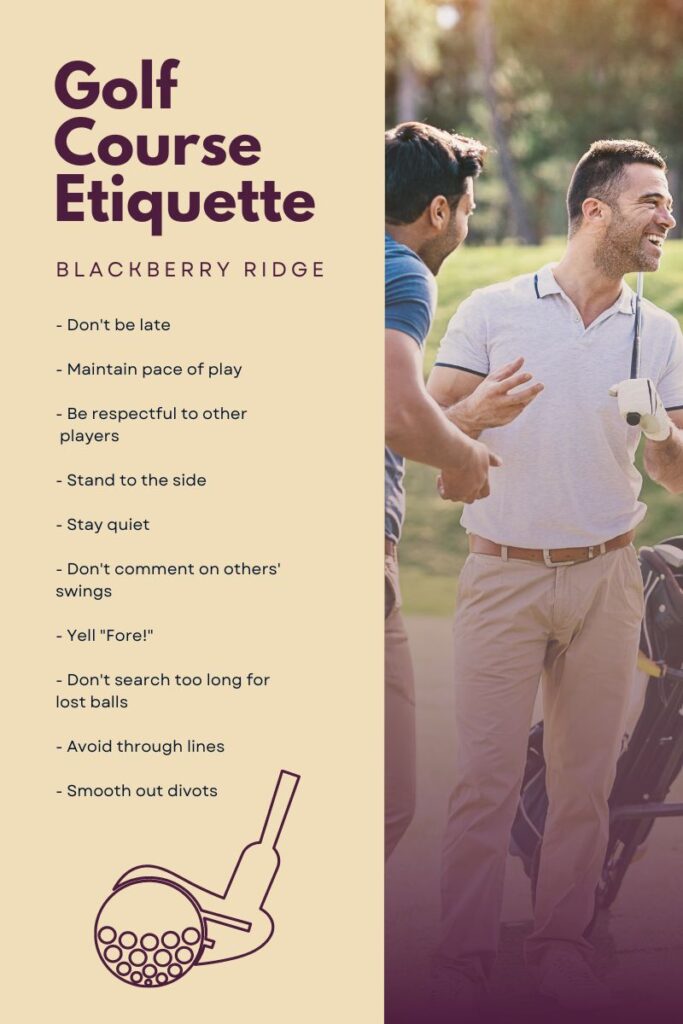Rules of fence etiquette
When a vessel overtakes another, the responsibility rests with the overtaking boat to pass safely. The overtaking boat should make clear its intentions by signaling and passing on the side with the most space https://howtogetridoflovehandlesw.com. The overtaking boat signals with one short blast for a port side pass, or two short blasts for a starboard pass. The boat being overtaken is the stand on vessel and should maintain its course and speed.
Proper anchoring and mooring are other areas that are basic boating skills with implications for etiquette as well. They’re critical to ensure boating safety and to prevent damage to marine ecosystems. Choosing the right spot and determining the number of anchors to use are foundational skills.
Lastly, remind your passengers about these principles. A unified effort in keeping the waterways clean enhances everyone’s boating experience. Following these guidelines helps ensure a pleasant and sustainable environment for future adventures.
Rules of golf etiquette
At My Golf Essentials, we’re passionate about providing premium health supplements designed to support your health and wellness journey—whether you’re boosting daily vitality, improving performance, or aging well. The information on this website is for informational purposes only and is not intended to diagnose, treat, cure, or prevent any disease. This content, including any responses provided by our chatbot, does not constitute medical advice. Always consult with a healthcare professional before beginning any supplement or wellness program.
Golf etiquette dictates that whenever your ball makes a mark on the green, you should immediately take the time and effort to repair it. This is commonly known as fixing your ‘ball mark.’ Doing this will ensure that golfers behind you have smooth rolls when putting on the same line as where the mark left by your ball was.
Speaking of putting etiquette, make sure you are super careful of where you walk on the green as well. While the rules of golf now allow you to fix spike marks, it’s still extremely rude to walk in a fellow players line as it can guide their putt offline.
This is the biggest faux paus on the golf course and can really make other golfers angry. Make sure to stay off your phone and always know when people are hitting. This will help you play ready golf and not interrupt another players swing.
Showing up early will make it a better experience and most likely a better round for everyone. And you’re more likely to avoid injury too. Aim to arrive at least 20-30 minutes before your scheduled tee time.
Formal rules of procedure or etiquette
Etiquette and protocol are both important aspects of social behavior, but they differ in their scope and application. Etiquette refers to the customary rules and norms that govern polite and respectful behavior in society. It encompasses a wide range of social interactions, such as greetings, table manners, and dress codes. Etiquette is often subjective and varies across cultures and contexts. On the other hand, protocol is a more formal and structured set of rules that guide behavior in official or diplomatic settings. It outlines the proper procedures and precedence to be followed during official events, ceremonies, or meetings. Protocol is often more rigid and standardized, aiming to ensure smooth and orderly conduct in formal situations. While etiquette focuses on general social interactions, protocol is specific to official or ceremonial occasions.
Etiquette and protocol are both essential aspects of social behavior, but they differ in their scope, formality, and level of standardization. Etiquette guides our everyday interactions, promoting respect, consideration, and harmony in society. It is adaptable and evolves over time, reflecting cultural changes and individual preferences. Protocol, on the other hand, governs formal events and follows strict rules and procedures. It ensures order, communicates symbolic meanings, and maintains diplomatic relations.
Understanding the meeting’s purpose and intent is the first step to maintaining and conforming to board etiquette rules and standards. The purpose of the meeting and all other elements that will contribute to the debate should be clear, simple, and meaningful to board members. It helps them anticipate and prepare early enough for the board meeting.
Unlike etiquette, which is adaptable and influenced by cultural norms, protocol is standardized and follows a strict hierarchy. It outlines the roles, responsibilities, and expectations of individuals participating in formal events. Protocol governs various aspects, such as seating arrangements, introductions, precedence, flag etiquette, dress codes, and the order of speeches or toasts.
One of the key attributes of etiquette is its flexibility. It allows for adaptation and evolution over time, reflecting the changing values and norms of society. Etiquette provides a framework for individuals to navigate social situations with grace and ease, ensuring that interactions are pleasant and respectful. It covers a broad spectrum of behaviors, including greetings, table manners, dress codes, communication styles, and more.
This heading includes pending questions from the previous meeting, unfinished business not previously addressed, general orders from the last meeting, and matters postponed or made general orders for the current meeting. These items are taken up in their designated sequence.


